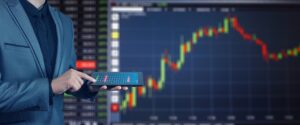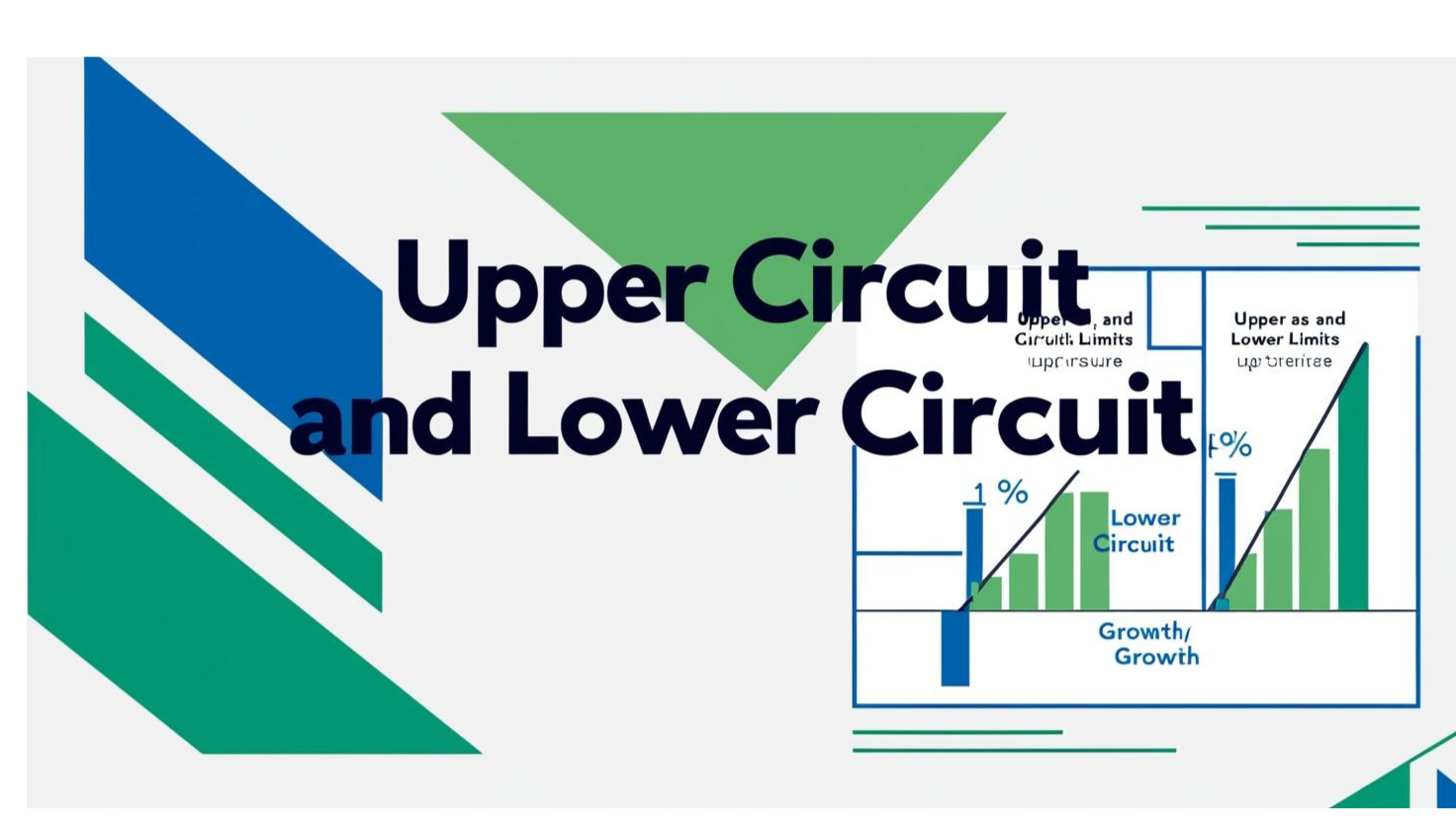What is upper circuit and lower circuit in share market
Upper and Lower circuit limits are very important concepts in stock trading. Anyone associated with stock trading is eager to know about it. In this blog, we will try to explore and understand the concept of Upper circuit and Lower circuit Limit in the share market.
First, we will try to understand “Why we have upper circuit and Lower circuit limits” enforced by stock exchanges. In the daily share market trading, share prices move up and down. Sometimes this movement is less and sometimes it is more. When buyers or demand for a particular share is greater in the market, investors are ready to buy a share irrespective of its price. This increases the demand for share and pushes the stock price up. Similarly, if high selling pressure exists for a particular share, the stock price of that stock will fall rapidly.

Price Band of Stock
Stock exchanges set upper or Lower limits to restrict the sudden collapse of stock prices in the stock market. Sometimes market overreacts to a particular event and the price of a particular share increases or decreases suddenly. To prevent this unnatural movement of stock, circuit limits are set by exchanges.
Stock exchanges set the price band for a particular stock. The stock price of that stock can move within that price band on a particular trading day. It can be from 2%, 5%, 10% to 20%. This limit is set by the stock exchange to control excess volatility in the stock price of a particular stock.
Upper Limit <———- Price Band ——————–> Lower Limit
On a Particular day, the highest price that a particular stock can reach is called the Upper limit of stock. In the same way, the lowest limit to which stock price can fall is called the Lower limit of stock.
If some stock hits its upper limit, the trading for this stock is halted for that day. Because there are only buyers for this stock at that price and no seller is ready to sell that stock at that price. So, the stock exchanges halt the trading of that stock for the day.
Same way, at any time in trading, the stock price hits the Lower limit price for a stock. Trading for that stock is stopped for the entire day.
Important point to note that the stocks that are traded in ‘Future and options’ have no Upper or lower limit set for them. It is a wiser decision to trade in stocks that have quite a large amount of free float market capital. So that there is no danger of hitting the upper and lower limit for that stock. Also, it is very difficult to manipulate its stock price in the market.
How is Upper and Lower limit of stock is calculated?
Upper and lower circuit Limits are calculated on the previous day’s closing price of the stock. The percentage of upper and lower limit is determined by stock exchange which is different for each stock.
Upper and Lower Circuit Limit for Indexes ( Market )
There are Upper and Lower circuit limits for Indexes also. Stock exchanges implement these limits when indexes or markets fall suddenly. This limit applies to indexes like Nifty 50 and Bank Nifty.
The following are the rules.
1). If INDEX ( Market) falls by 10% on any trading day
- If Indexes (Market) fall or rise 10% before 1 PM, then trading stops for 45 minutes. Then starts again.
- If the Index / Market falls or rises 10% between 1 to 2.30 pm, then trading stops for 15 minutes. Then starts again.
- If indexes fall or rise by 10% after 2.30 pm, there is no break in the stock trading.
2) If the Index market falls by 15%,
- Before 1 pm then Trading stops for 1 Hr and 45 minutes.
- If the Market falls by 15% between 1 to 2 pm then the market stops for 45 minutes and then opens with 15 minutes pre-market.
- If the market falls for 15% after 2 pm then market trading is stopped for that day.
3. After hitting the 10% and 15% circuit, If the market falls 20% any time in between 9.15 am to 3.30 pm then trading will stop for the entire trading day.
Table showing Information about Upper and Lower Circuit Limits for the Stock Market Index (NSE/BSE)
| Movement of Index | Upper Circuit Limit | Lower Circuit Limit | Trading Halt Time Duration |
| 10% movement (Up or down) | 10% above the previous day’s close | 10% below the previous day’s close | 45 minutes halt |
| 15% movement (Up or down) | 15% above the previous day’s close | 15% below the previous day’s close | 1 hour 45 minutes halt |
| 20% movement (Up or down) | 20% above the previous day’s close | 20% below the previous day’s close | Trading halts for the rest of the day |
CONCLUSION:-
In the stock market, Circuit limits are set by the stock exchange to restrict the sudden, unnatural upper and lower movement of stocks in a single day.
Frequently Ask Questions:-
Q1. What Happens when a stock hits the upper circuits?
When a stock price hits the upper circuit limit, trading for that stock is stopped for the entire day. As there are no sellers for this stock at that price. There are only buyers but nobody is ready to sell the stock at that price. Traders can still place the orders to buy the stocks. But those orders will be executed in the next trading day.
Q2. What Happens When a stock hits the Lower circuits?
When a Stock hits lower circuits, Trading for that stock is stopped for the entire day. This will prevent further fall of the stock price for that stock. You can always place buy order to purchase the stock.
Q3. Who decides the upper circuit and lower circuit?
The percentage of upper and lower limit is determined by stock exchange which is different for each stock.
Q4. How the Upper circuit and Lower circuit value is decided by Stock exchange?
Upper and lower circuit Limits are calculated on the previous day’s closing price of the stock. They are decided as some percentage ranges from 2% to 20 % on the closing price. The stock exchange also considers its volatility factor while deciding the percentage.

